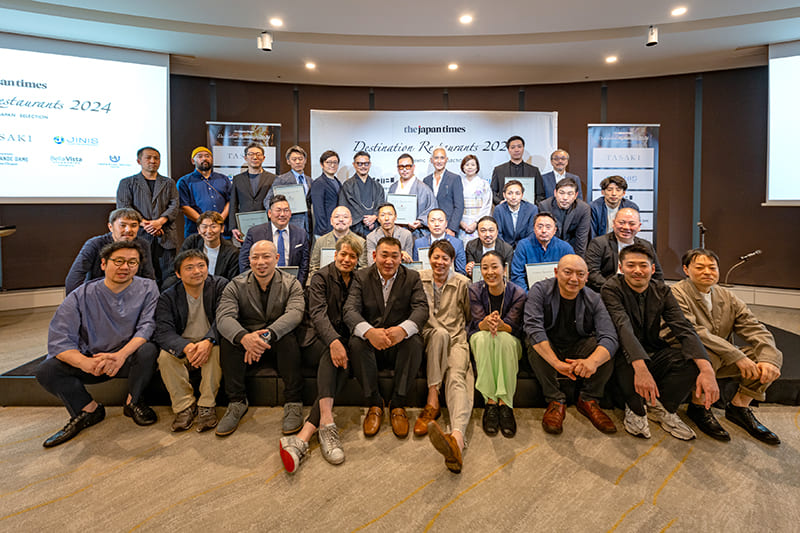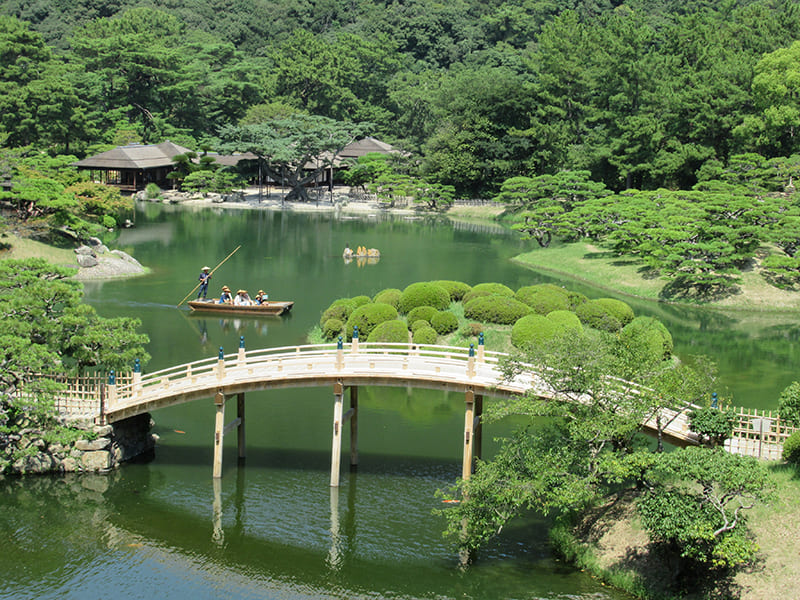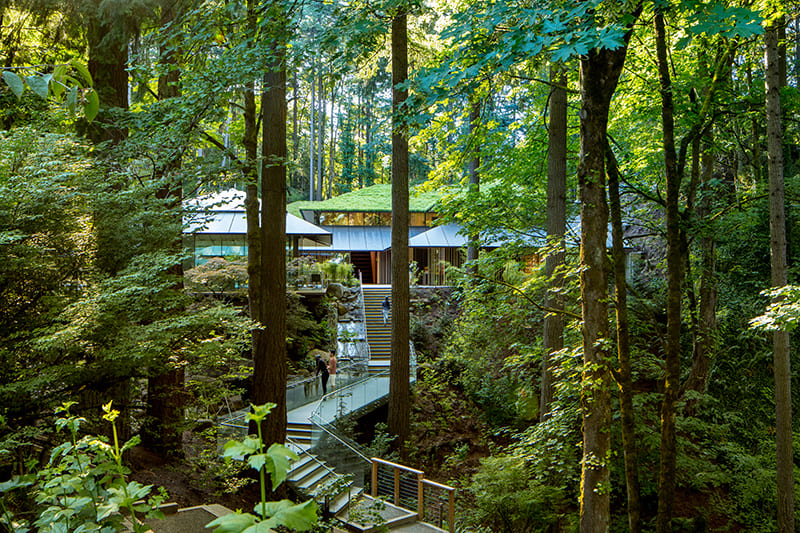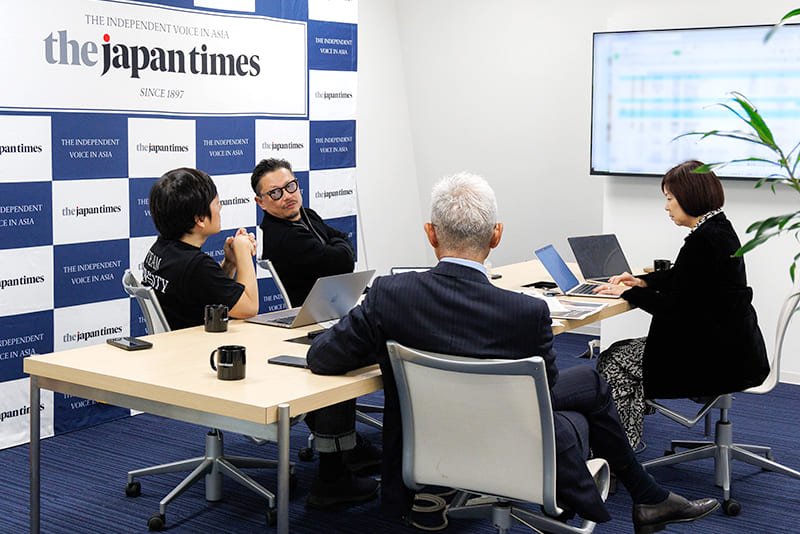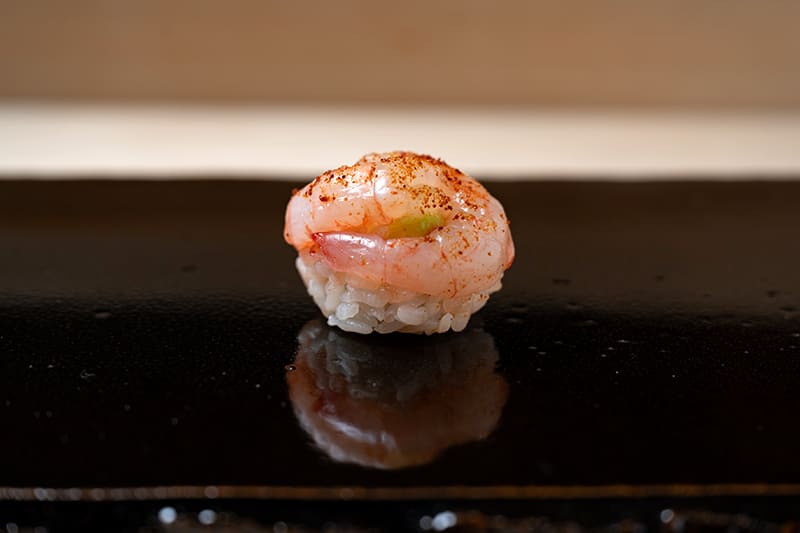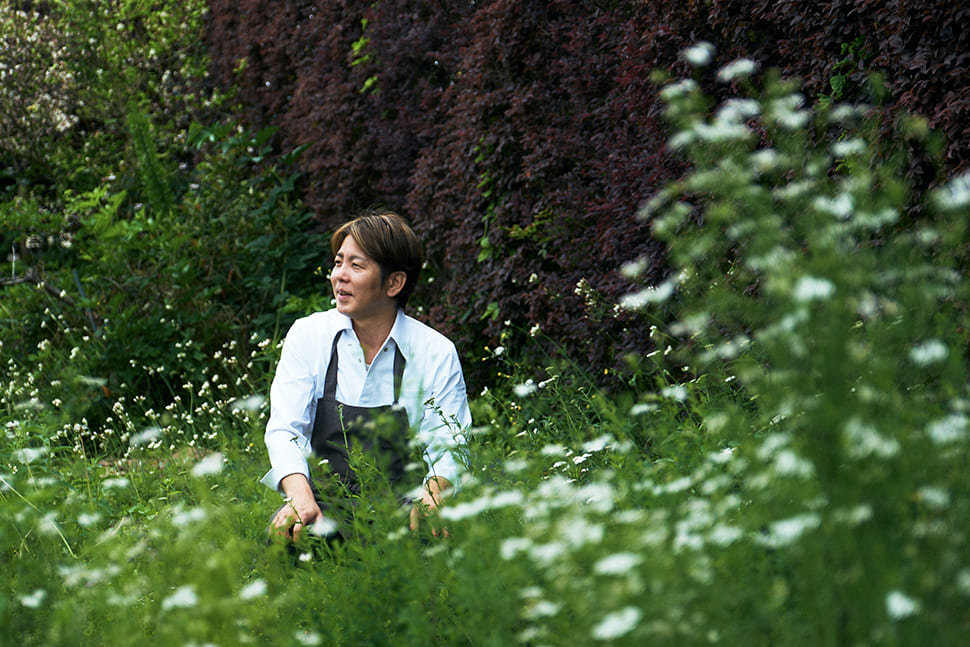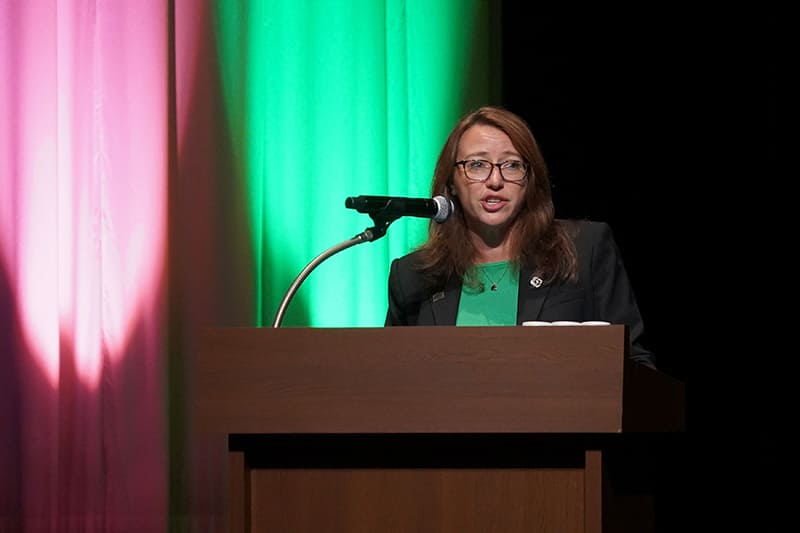June 23, 2023
Maison Veuve Clicquot pairs with grower-chef
SPONSORED CONTENT

The day after his visit at chef Kanji Kobayashi’s Villa Aida in rural Wakayama, Veuve Clicquot Cellar Master Didier Mariotti was still ruminating on a single spear of asparagus. Mariotti was now in Tokyo conducting wine seminars and tastings as part of the Japan launch of La Grande Dame from the 2015 vintage, the Champagne’s most recent, but the balance of Kobayashi’s dish was still on his mind. Mariotti is of the view that Japanese cuisine’s attention to detail and its delicacy in general makes it perfect for pairing with wines like Champagne.
“You never have Champagne with the boeuf bourguignon, for example, in France — it’s too heavy for that,” he said. “But Japanese food is very delicate. It’s all about details, and I think Champagne is the same. I like to come to Japan and work with chefs like chef Kobayashi. For example, yesterday we tried the asparagus, and even though it had a few vegetables around it, the asparagus was the essence of the dish, the central point, and for me, Champagne is the same. It’s all about details.”
Kobayashi is one of the chefs from around the world whom Veuve Clicquot has invited to create dishes inspired by its wines, particularly La Grande Dame. In a project termed Garden Gastronomy, the chefs use vegetables they grow themselves to create dishes to pair with Veuve Clicquot’s wines.
“So the idea is every chef, we want them to be free, but we want them to understand the spirit of the maison. So what we organize is the Garden Gastronomy Summit just after the harvest in September. All the chefs come [to Veuve Clicquot in Champagne, France] for two days, and we want them to be all together because they are all passionate about vegetables and farming vegetables, and we just want to create a community of chefs who are passionate about vegetables and farming. That’s the most important part,” Mariotti said.
Veuve Clicquot itself, motivated by letters from its pioneering former owner Madame Clicquot, started a vegetable garden during the COVID-19 pandemic. Widowed at the age at 27 by the death of the maison’s founder, Madame Clicquot took over the reins of the winery in 1805, which was unusual for a woman at that time — in fact, it was only possible for a woman to run a business if she was a widow — and the maison’s name actually means “Widow Clicqot.” Madame Clicquot never remarried, and worked to expand the winery until her death at the age of 89.
With the downtime afforded by the pandemic, winery staff members, in perusing the archives, found that Madame Clicquot had farmed vegetables at one of her homes. It was clear what had to be done next.
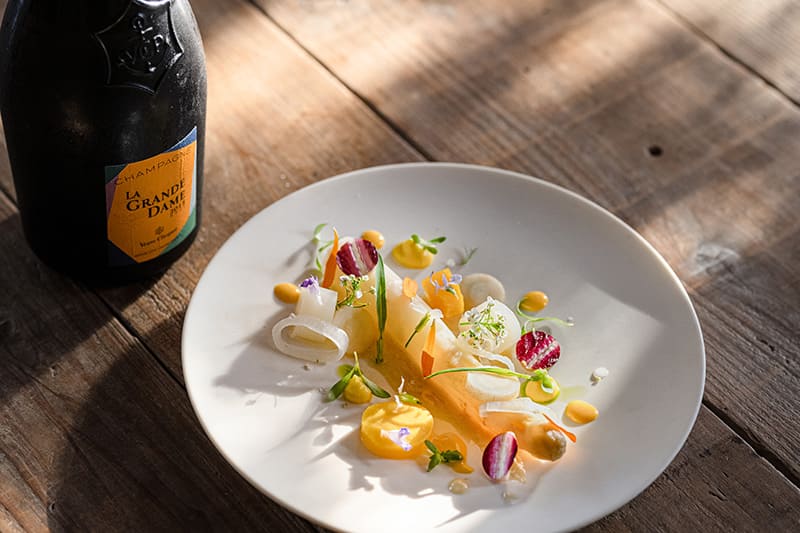

“We started to work with a specialist of vegetables in France to also reintroduce some very old species of vegetables,” Mariotti said. “So we have about 600 different species of vegetables now in the garden, and we want to develop even more species. We have two chefs at Hotel du Marc, which is our VIP guest house in the middle of the city, and they use all the vegetables from our own garden. And if they don’t need the vegetables, then we will give the vegetables to organizations that need them to feed other people. The idea for us is to be very circular, to be more sustainable. So we can farm and use our own vegetables, and if we don’t eat them, we can help other people. The idea started like this, and then we decided, OK, now we have to find chefs who have their own garden.”
La Grande Dame, Veuve Clicquot’s prestige Champagne, is a sponsor of The Japan Times’ Destination Restaurants 2023, a curated list of establishments located outside of city centers. Villa Aida was chosen as the top restaurant in 2022. Like Kobayashi, who grows hundreds of plants on the land surrounding his restaurant, many past contenders have either relied heavily on regional produce from local suppliers or grown their own. Based on its commitment to sustainability, Veuve Clicquot finds this concept nothing short of magnetic.
“If you want to be a Garden Gastronomy chef, you have to have a garden. The restaurant cannot be in town because the concept is you have to farm your vegetables, and the only Garden Gastronomy chef I know whose restaurant is in the middle of a city is in Monaco, but he’s farming on the rooftop of the hotel. So by the concept you have to farm, and it’s very difficult to farm in the city.”
The relationship with growing vegetables is a natural one for Veuve Clicquot La Grande Dame. After all, wine grapes have to be grown. The house is particularly proud of its pinot noir — Madame Clicquot once said, “Our black grapes give the finest white wine.”
The house’s five products in Japan, which Mariotti calls a very mature market in terms of wine knowledge, are Champagne Brut Yellow Label, Champagne Extra Brut Extra Old, Champagne Rose, La Grande Dame and La Grande Dame Rose. This makes Japan its third-largest market, bigger than even France.
La Grande Dame from the 2015 vintage, Mariotti says, carries the complexity of pinot noir and the bold energy of Veuve Clicquot. When she led the house, Madame Clicquot wielded such influence that she became known as La Grande Dame (The Great Lady) of Champagne. All of this forms part of the DNA of the house, which Mariotti says is expressed in the wine.
“For me, you have that ‘verticality’ — that energy based on the ‘minerality’ — but minerality normally is expressed with chalkiness,” he said. In La Grande Dame 2015, “you have the chalk, but also you have something very specific from Verzy and Verzenay villages (where the grapes are grown), which is a minerality much more like a smoky minerality — smokiness, in a way, because those villages are more expressing the smoke and the silex (flint) stone, the fire stone, more than the chalk, and it raises a single note, which for us is what we want to express, and when you get the first note, it’s really like releasing or expressing that minerality and that verticality. And then when you start to let the wine warm up and open, then it will start to deliver the warmth of the vintage.”
For drinkers of La Grande Dame 2015 and all other wines, Mariotti’s advice is simpler: “Enjoy every moment, and share with passion and love.”
Return to Sustainable Japan Magazine Vol. 25 article list page

